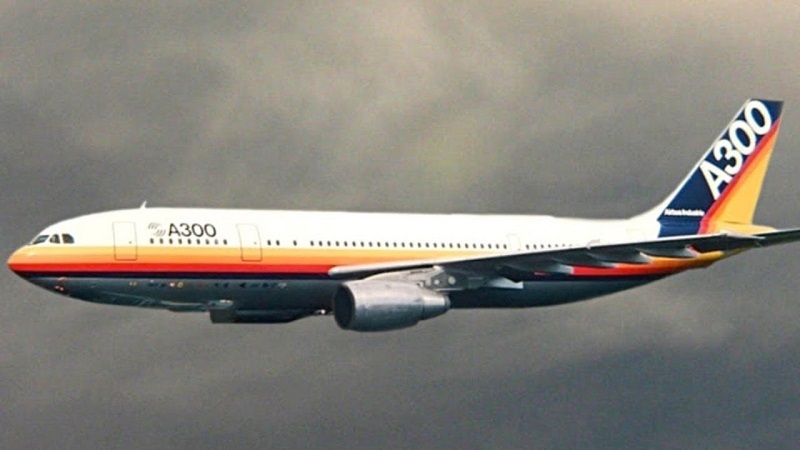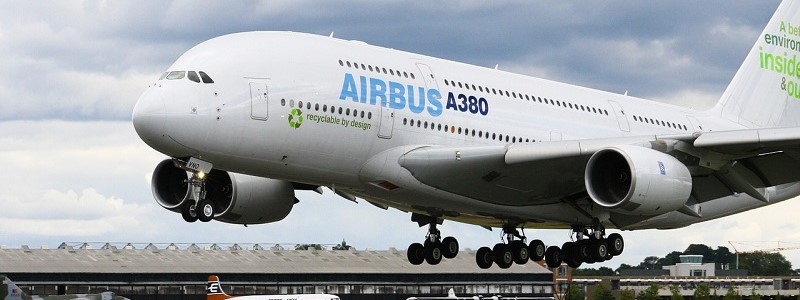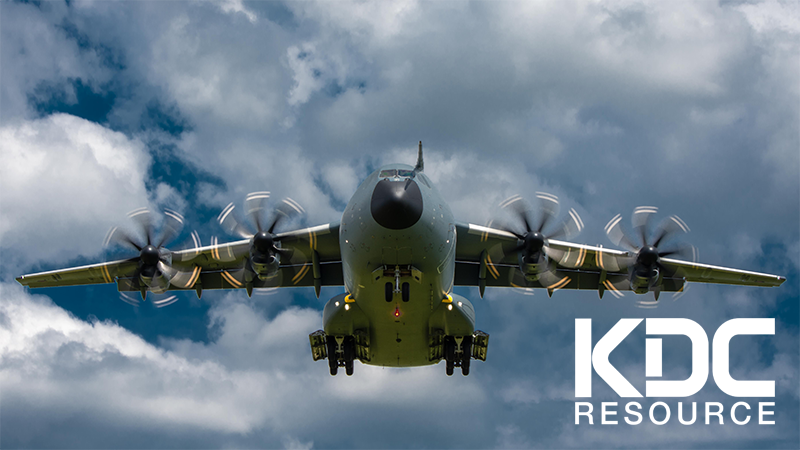

May 2019 marks 50 years of Airbus. Although the first order for Airbus’ A300B wasn’t placed until 1970, the company’s founding – as we know it today – was the year before.
Airbus was a multi-national project designed to rejuvenate the flagging European aerospace industry.
It was clear that if something wasn’t done the American aerospace giants would dominate the world, relegating the European industry to little more than subcontractors and putting thousands out of work.
It was ambitious and had the potential to shift the balance of power in an industry that was growing at an increasingly rapid rate.
Airbus however was almost sunk when Britain – nervous over the growing costs of Concorde and resentful that Rolls Royce engines weren’t to be used – backed out of the deal.
West Germany instantly stepped in and offered half the cash. The country’s finance minister – Franz-Josef Strauss – saw Airbus as an opportunity to rebuild Germany’s decimated aerospace industry and an opportunity to strengthen inter-European cooperation.
West Germany’s involvement saved Airbus from certain doom. Their backing as well as a £35 million loan to British manufacturer Hawker Siddeley guaranteed that Airbus at least had a chance to succeed.
Hawker Siddeley defied the government’s withdrawal, choosing to stay on as a preferred subcontractor. They were included in board meetings but didn’t have a vote. But they were responsible for making the A300 wings and other key components.
Roger Beteille, Technical Director for Airbus, was utterly focused on two things: providing an aircraft that met the needs of the market and multinational cooperation.
Therefore, he redesigned the plane from 300 seats to 250. A300B would be a plane to occupy the regional flight market that was rapidly expanding across Europe and the US.
By making the aircraft smaller they could also use existing engine technology and one fewer engine than US rivals.
This made the aircraft cheaper to build, cheaper to buy and cheaper to run.
He then divided the work up between France, Germany, Spain, The Netherlands and Britain’s Hawker Siddeley. Beteille was more interested in utilising the talent where it could do the most good.
He was famously quoted as saying:
“I wanted to use all the available talents and capacities to their utmost without worrying about the colour of the flag or what language was spoken,”
A mindset that was nothing short of a visionary at a time when the world was still licking its wounds from World War 2 and the USSR’s hold over the rest of Europe was all but assured.
The A300B was 80 centimetres narrower and 5.6 metres shorter than the original A300 design making it 25 tonnes lighter.
Beteille also had the idea to raise the cabin floor slightly to allow two LD3 freight containers to fit in the hold, side by side. This increased the profitability of the aircraft by being able to carry more cargo.
Hawker’s wing design also allowed the A300 to climb faster to cruise altitude than any other aircraft.
This made the aircraft very efficient and economical. Plus, the sooner the plane got to cruising altitude the sooner the cabin crew could start selling in-flight services.
The A300, by any measure, was an incredible feat of engineering and set a new benchmark for the industry.
In the following years, Airbus patiently and systematically identified a market and devised an aircraft to meet that need.
A300B was perfect for European and internal US flights. The A300B4 offered a long-haul alternative and helped Airbus break into the Asia markets.
Despite best efforts, however, by the mid-70s sales had dried up and production had been scaled back. It was only through sheer tenacity and the quality of the A300 product that finally broke the dry spell in 1977, putting the company back on track.
It was the same year that Airbus made history when the A300B4 became the first ETOPS (Extended Twin-Engine Operations) certified aircraft in the world. This gave airlines far greater versatility with routing as the aircraft was safe to fly over water.
In the years that followed Airbus continued to push the boundaries, developing new aircraft and innovative new approaches to make the aircraft lighter, more efficient and better value to their customers.
In 1985 Airbus made history again when its A310-300 employed an all-composite fin, which was the first time an all-composite primary structure had been used.
With Airbus having come close to 30% market share in its first decade of active trading. With a healthy order book and a strong foothold in the US market, Airbus pushed ahead with the Airbus family of aircraft.
Throughout the 80s and 90s, the A330 and A340 grew in popularity and continued to push the boundaries. The ultra-long A340-300 could carry 295 passengers 7,150 nautical miles. The shorter A340-200 could travel 7,750 nautical miles.
The continued success could be attributed to Airbus holding true to Beteille’s mantra of always listening to customers.

As the years marched on so did Airbus’ commitment to innovation, delivering an ever-expanding family of aircraft that could meet the needs of its customers, wherever they sat in the commercial marketplace.
Partnering with Rolls Royce on increasingly fuel-efficient engines also meant that Airbus planes continued to represent both great value and lower running costs.
The 21st Century saw the 10,000th order, the 7,000th plane and the 5,000th A320 delivered. All impressive milestones.
For all of Airbus’ successes over the last two decades – of which there has been a great deal – they grabbed the headlines for the wrong reasons earlier in 2019.
Airbus announced that despite their best efforts, they were no longer going to produce the record-breaking A380.

For many, it didn’t come as a big surprise. With airline ticket sales down, increasing pressure to cut emissions and customer satisfaction at an all-time low, it was little wonder.
But it also suggests that – even after all these years – Airbus is still listening to its customers. Although the A380 is an incredible feat of engineering, there is – at this moment in time – no need for a plane of that size.
That’s fine. Markets change.
Airbus did the right thing by making that difficult decision. It would have been far worse had Airbus continued to push a plane that was costing them money.
With the double-decker mantle passing back to Boeing, Airbus has another challenge to deal with.
The long-delayed Mitsubishi regional jet has begun its certification flights and looks to occupy a similar niche to the one that established Airbus as a global name.
It’s also a big deal for Japan as this is the first airliner they have produced since the 1960s. This is bad news for Airbus and Boeing as Japan and its regional economic partners are likely to lean more towards the MRJ when it’s officially on sale in the next year or so.
Considering Airbus bought Bombardier’s C Series airliner project to meet its regional jet operations, they have some serious skin in the game already.
But with a potential windfall. Experts predict the regional jet market to be worth up to $135 billion by 2037.
Mitsubishi plans to launch the regional jet next year. Considering the production problems that plagued them over more than a decade and $2 billion in development, it really needs to meet that deadline.
Failure to do so will kill the offering before it gets off the ground.
Whatever happens with Mitsubishi, Airbus’ track record for innovation and taking competitors head on means that they will likely be fine. Or pivot to a new, more profitable market.
Their willingness to mothball the A380 is proof enough that they’re not afraid to make the tough decisions or push forward in a new direction when the market conditions dictate.
Whatever Airbus come up with next, they’ll apply the same recipe they always have for the last five decades that turned them into one of the biggest aerospace businesses in the world.
KDC Resource are leaders in technical and engineering recruitment for the aerospace market. If you’re looking for a new opportunity register your details today. Alternatively, if you’d like support with your talent search, get in touch and we’ll be happy to help.
